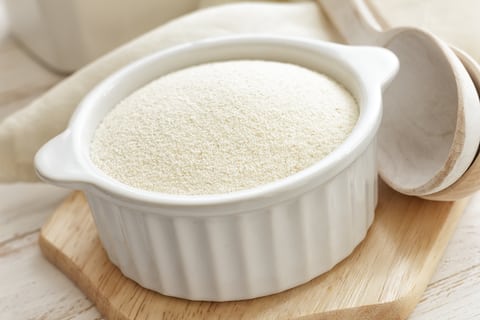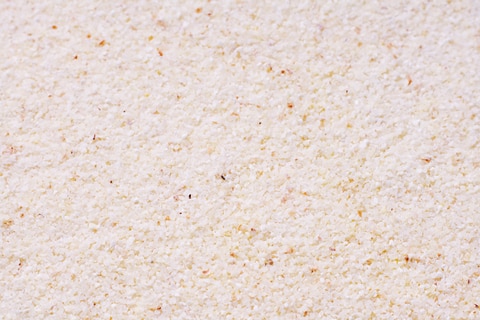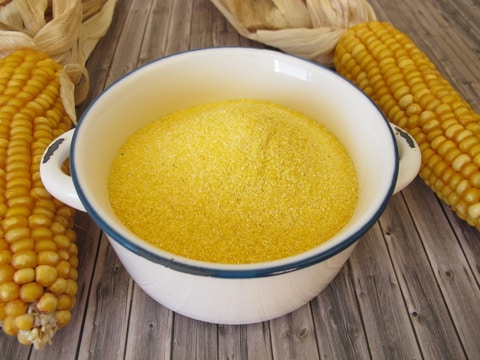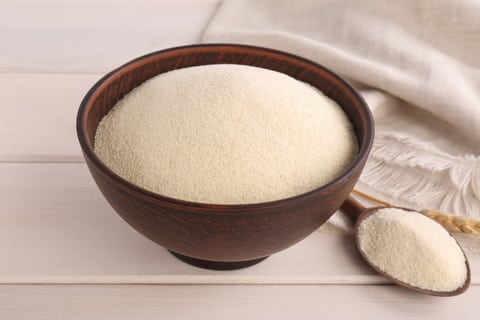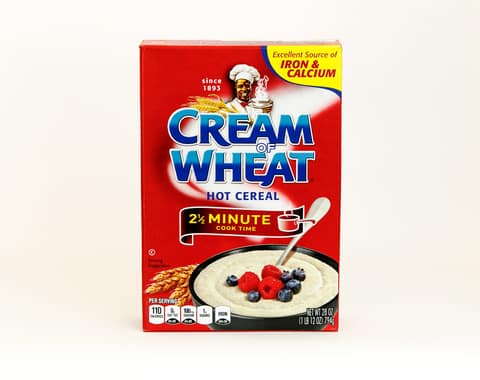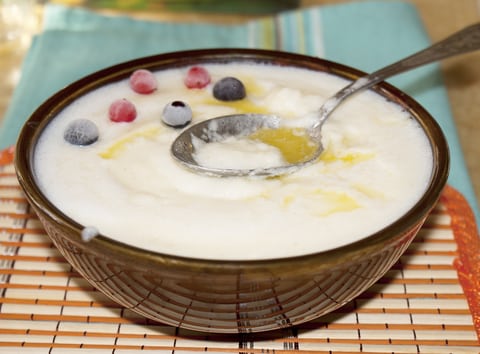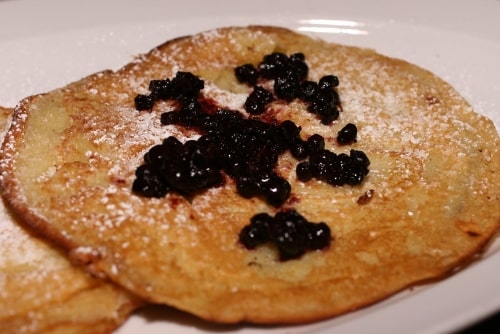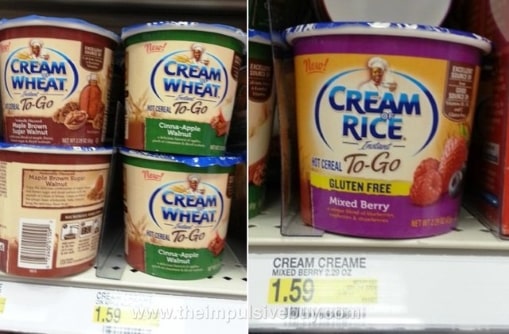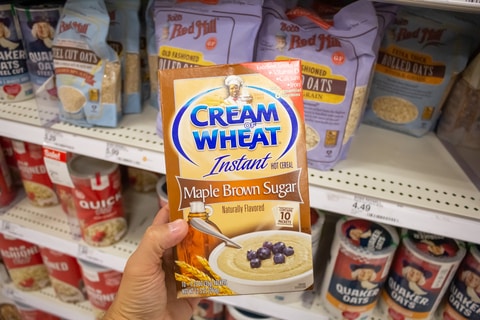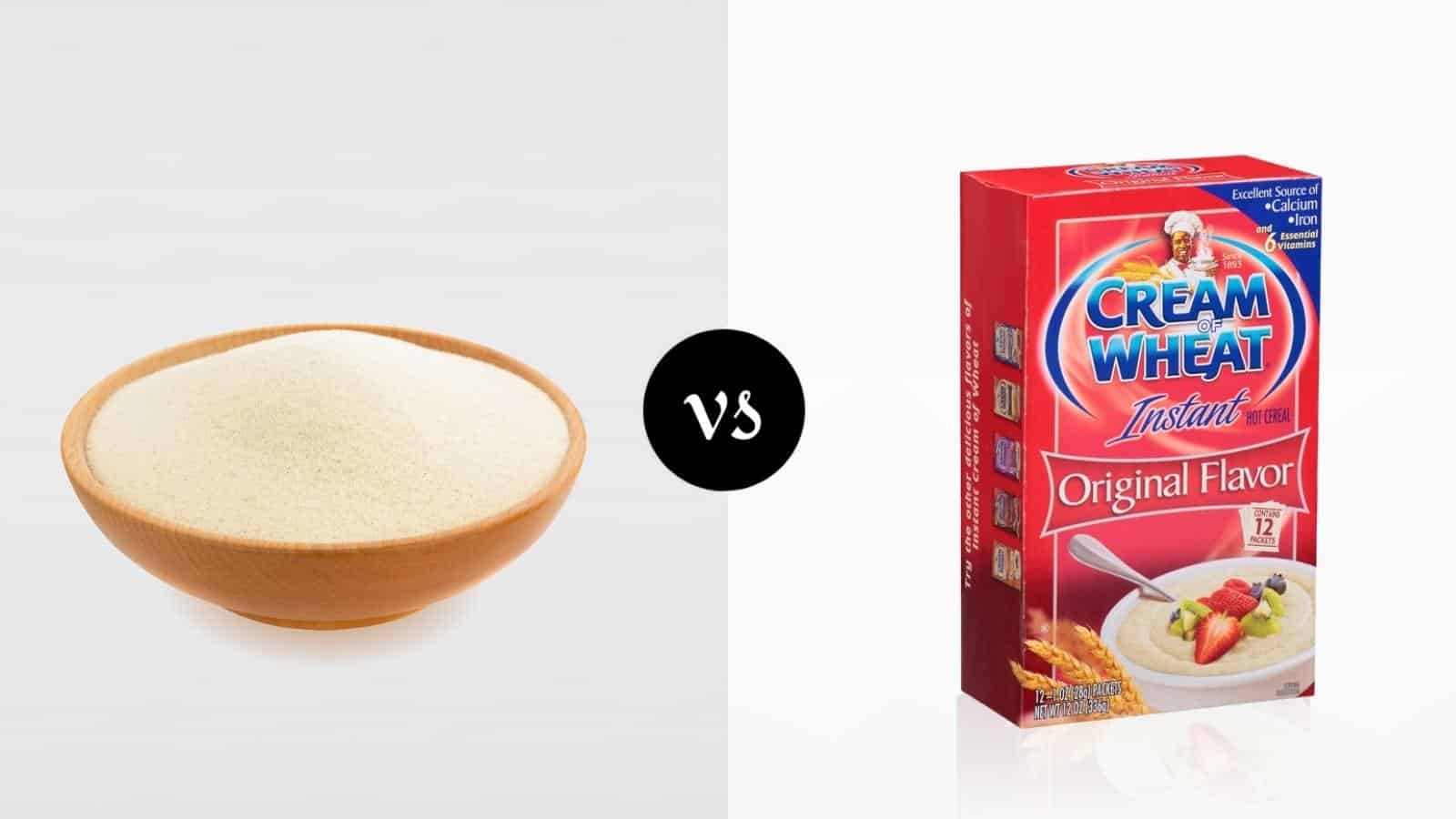
Whether it’s for making tortillas or pita bread, flour is an essential ingredient in every kitchen. However, there are various forms of flour out there, and certain varieties excel at very specific uses.
We’ll be taking you through a comparison of semolina vs. Cream of Wheat so that you’re never confused over which is the ideal ingredient for your next pizza, pizza, or porridge.
Our comprehensive comparison has everything that you need to know coming up.
Semolina Vs. Cream Of Wheat Comparison
| Semolina | Cream of Wheat | |
|---|---|---|
| Definition | Gritty Coarse Particles Of Durum Wheat Wheat Middlings Ground To Super Fine Flour-Like Consistency | Breakfast Porridge Brand Made Out Of Farina (Fine Semolina) |
| Names | Semolina, Sooji, Rava, Farina, Fine Semolina, Coarse Semolina, Corn Semolina - Grits | Cream of Wheat From B&G Foods |
| Texture | Gritty Yet Fine Texture That Imparts Structure And Elasticity To Baked Goods & Doughs | Smooth, Creamy Texture With Slight Grittiness |
| Color | Coarse Semolina - Yellow Color | Fine Semolina/Farina - White Color | Offwhite And Creamier Than Farina |
| Uses | Pizza, Pasta, Dough, Desserts, Baking | Breakfast Porridge, Ingredient In Breads, Biscuits, Cakes, Pancakes, Crepes, And Binder In Savory Goods Like Meatloaf |
| Serving Suggestion | Pizza, Pasta, Flavored Pasta, Idli, Knafeh, Couscous, Porridge, Batter-Based Desserts Like Pancakes & Flapjacks | As Is Mixed With Water Or Milk As Breakfast Porridge Topped With Nuts, Fruit, Sweets Or Savory Toppings, Mixed With Oats For Breakfast, Sweetened With Maple Syrup Or Honey, Savory With Cheese & Butter |
| Varieties | Coarse Semolina, Fine (Farina) Semolina | Three Unflavored Varieties, Eleven Instant Varieties, To-Go Cups |
| Availability | Widespread Availability | Pakistani, Indian & Italian Food Stores | Three Unflavored Varieties, Eleven Instant Varieties, To-Go Cups |
| Affordability | Cheaper Than Cream of Wheat | Roughly 1.5x The Price Of Semolina Or More |
Semolina vs Cream Of Wheat
They’re similar but two very different products. Our breakdown of semolina and the fine brand of American porridge Cream of Wheat that contains semolina covers all the differences and similarities.
Semolina
Most will recognize semolina as the main ingredient in couscous, certain pizza doughs, and pasta dough. Healthy, tasty, and versatile, let’s explore this tasty high-gluten ingredient’s main characteristics and uses.
What Is Semolina?
Semolina is essentially the gritty yet coarse particles of durum wheat that have been processed from wheat middlings to reach a fine, flour-like consistency.
Durum wheat is a very hard variety of wheat that is also often used to make 00 flour or pasta and pizza flour.
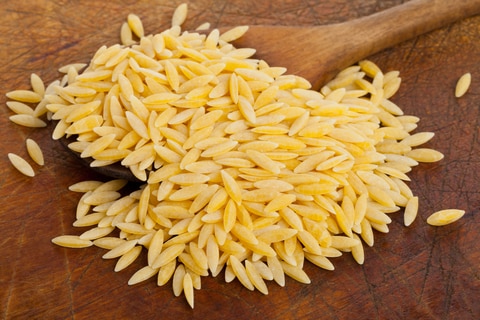
Despite having a different proportion of starch and protein from all-purpose flour, semolina can still be used as a reliable flour alternative.
There are various forms of hard wheat out there, and all of them result in differently textured semolina with a slightly different taste.
Names
Semolina is known by many names. It’ll be often marked under its two basic classifications, namely coarse and fine semolina. Otherwise, look for it sold as its North Indian name sooji or its South Indian name rava.
There’s also the US name for white fine semolina, farina, and corn semolina is known as grits.
Texture
Although the texture of semolina depends on the variety, coarse or fine, semolina always has a grittiness to it. Even when powdered superfine, it’s still coarser than all-purpose flour.
Many cooks sift semolina or grind it further before use when looking to bake anything that isn’t textured. It grants fantastic elasticity and a basis for firm texture to baked goods and doughs.
Color
Fine semolina is off-white to white, and coarse semolina is varying shades of yellow. Corn semolina is a deep yellow color.
Uses
The high gluten content of semolina makes it the ideal flour for anything that requires elasticity and a good structure. You’ll find semolina used extensively in pizza, pasta, and other dough-based bread.
It is also a key ingredient in various dessert recipes and sweet baked goods.
Serving Suggestion
Semolina is widely used for making pizza, idli, knafeh, couscous, and countless types of pasta, both flavored and plain. Most accept semolina to be one of the best pizza and pasta doughs available.
It can even be enjoyed alone as a tasty porridge, and it makes an excellent batter for pancakes, flapjacks, and the like.
Varieties
Semolina made from durum wheat usually has a yellow color. This semolina variant is used for making desserts and savory dishes. Despite having a fine grain, it’s grittier than its white-colored counterpart.
Some people find the texture to be similar to cornbread. On the other hand, semolina made from soft wheat usually has a white color and is known as farina in the US.
This semolina variant has a light concentration of wheat germ and bran and is suitable for use in all the many ways regular flour can. White semolina has a far finer consistency.
Availability
Semolina is readily available at the grocery stores. However, you can also buy them from the local milling company in your area. Always ensure that you are buying semolina made from durum wheat.
If you can’t find semolina at your local grocery store, you can check Pakistani, Indian, or Italian specialty food stores.
Affordability
Semolina is much cheaper than cream of wheat. Prices start as low as $0.20 an ounce or lower, which makes semolina roughly three times more affordable than the average Cream of Wheat package.
Cream of Wheat only becomes comparable in price when purchased in bulk.
Cream of Wheat
Cream of Wheat has been manufactured since 1893 and has risen to become a highly popular healthy breakfast in the US.
Almost always enjoyed warm, the mild flavor and wholesome texture make Cream of Wheat a brand that just about everyone knows.
Many know it as farina, its primary ingredient, but the brand and variety of semolina are actually two very different things. Let’s take a closer look at what exactly makes up Cream of Wheat and how it can be used.
What Is Cream Of Wheat?
Cream of Wheat is a brand of breakfast porridge that’s made out of farina or the finest semolina that is of white coloring.
It is enjoyed in the same way as grits but has a lighter color, smoother texture, and is made with ground wheat instead of corn.
Names
You won’t find Cream of Wheat sold as anything other than its trademarked name. However, one can make a similar type of porridge using fine semolina called farina.
The end result will be similar in texture but not in flavor due to the added ingredients present in the American breakfast brand owned by B&G Foods.
Texture
Cream of Wheat has a much smoother, creamier texture than farina by itself.
This is due to it containing additional calcium carbonate, defatted wheat germ, disodium phosphate, orthophosphate, niacinamide, thiamine mononitrate, riboflavin, and folic acid.
Farina by itself contains nothing but defatted wheat germ and wheat farina.
Color
All varieties of Cream of Wheat are an off-white color that’s slighter creamier than plain farina. Flavored Cream of Wheat may carry coloring better matched to the flavor profile offered.
Uses
Unlike its primary ingredient, semolina, Cream of Wheat is created to be a breakfast porridge. It can, however, be included in baked goods such as Cream of Wheat bread, crepes, pancakes, or as a binder in various forms of meatloaf.
Inventive chefs have found all sorts of ways to incorporate this tasty porridge into their food, using it to do everything from thickening broth to baking desserts, biscuits, and more, thanks to the wonderful versatility of farina and its light flavor.
Serving Suggestion
Cream of Wheat is cooked and served hot. It is either cooked with milk or water. Milk grants a creamier texture. Many choose to top off a bowl of Cream of Wheat porridge with nuts, fruit, various sweets, and, at times, certain savory ingredients.
People on diets extensively use Cream of Wheat because it combines wonderfully with oats to make a tasty new type of porridge. You can sweeten things up by adding maple syrup, honey, or whatever sweetener you prefer.
Those who prefer a savory taste should try Cream of Wheat with cheese and butter.
Varieties
There are three unflavored varieties of Cream of Wheat available in the USA, namely Original 2 1/2 Minute, Original 1 Minute, and Whole Grain 2 1/2 Minute.
There’s also Maple Brown Sugar 2 1/2 available as a sweetened variety. Furthermore, the Cream of Wheat Instant range contains eleven different flavors.
Instant Cream of Wheat is available in Original, Maple Brown, Cinnabon, Bananas & Cream, Maple Brown Sugar with Real Walnuts, Cinna-Apple Walnut with Real Apples, Whole Grain, Cocoa Nut with Real Almonds, Banana Walnut, Mixed Berry with Real Almonds, and a Variety Pack.
To close off the product line, Cream of Wheat offers To-Go Cups across five flavors and Cream of Rice in regular and instant varieties for those looking for a gluten-free alternative.
Availability
Cream of Wheat is a US brand and is therefore only readily available across North America.
The only alternative for non-US shoppers is farina or other varieties of semolina sweetened and perhaps mixed with milk and sugar, as well as some butter or a butter substitute.
Affordability
As a product that combines semolina in its farina form with other ingredients to produce a breakfast porridge, Cream of Wheat is significantly less affordable than semolina.
Expect to pay in the region of $5 per 28-ounce box of Cream of Wheat Original and approximately $6 to $7 for a 12.3-ounce box of Cream of Wheat Instant containing ten single servings.
What Is The Difference Between Semolina Vs. Cream Of Wheat?
The main difference between semolina and Cream of Wheat is that semolina is a flour-like product made from ground durum wheat that includes an ultra-fine variety called farina whereas Cream of Wheat is a brand of American breakfast porridge that incorporates farina as its primary ingredient.
Semolina Vs. Cream Of Wheat, The Bottom Line
Cream of Wheat contains semolina’s superfine variety, farina, but as a breakfast porridge, it is not composed exclusively of semolina.
Semolina is a core ingredient in various recipes that can be enjoyed as a porridge, but Cream of Wheat is a blend created specifically to be consumed as porridge.
Semolina, on its own, has a sweet flavor with nutty undertones, whereas Cream of Wheat delivers creaminess and a far more neutral taste.
The winner between semolina vs. Cream of Wheat depends entirely on what you’re making and your own personal sense of taste.
